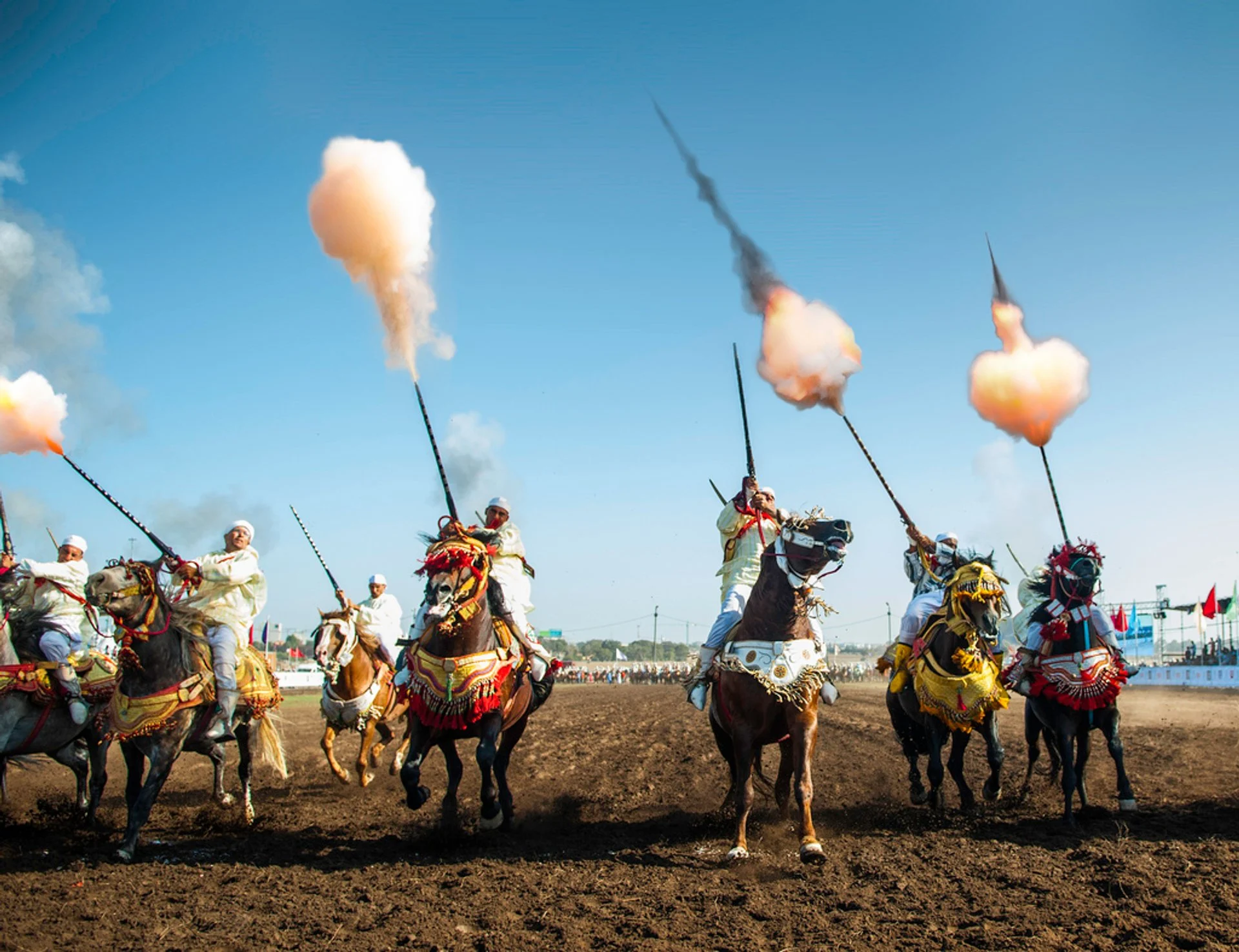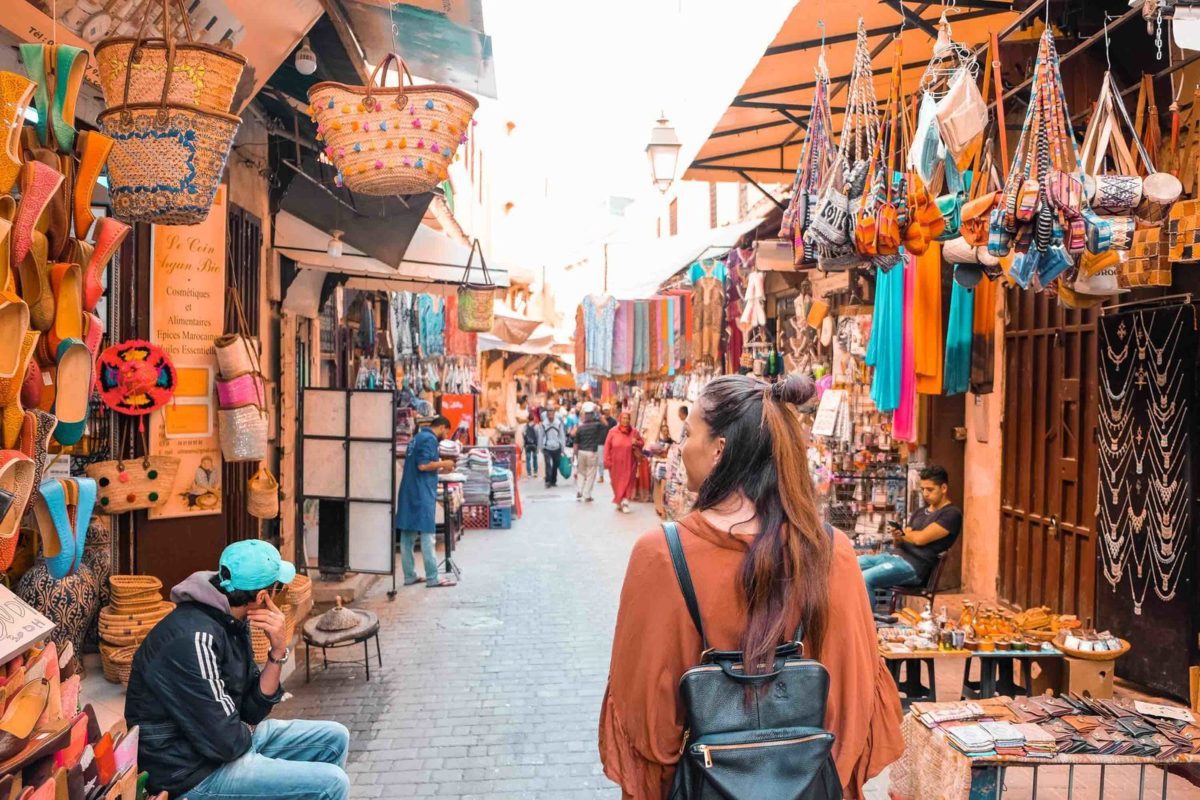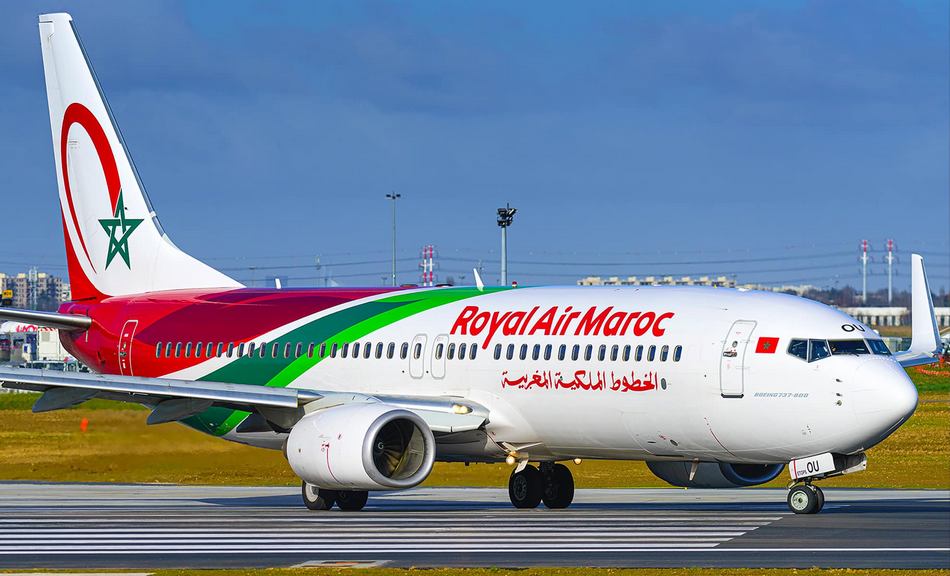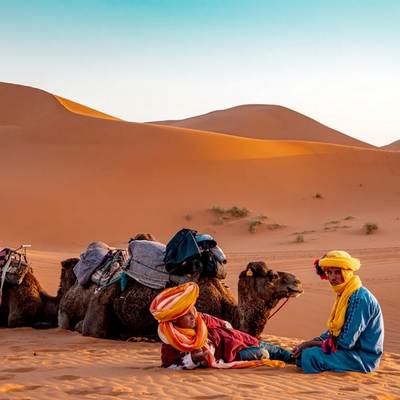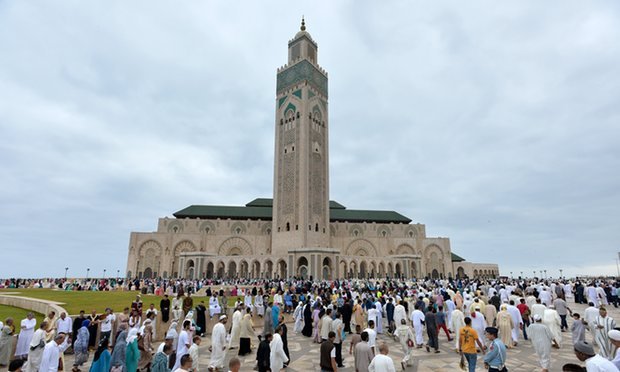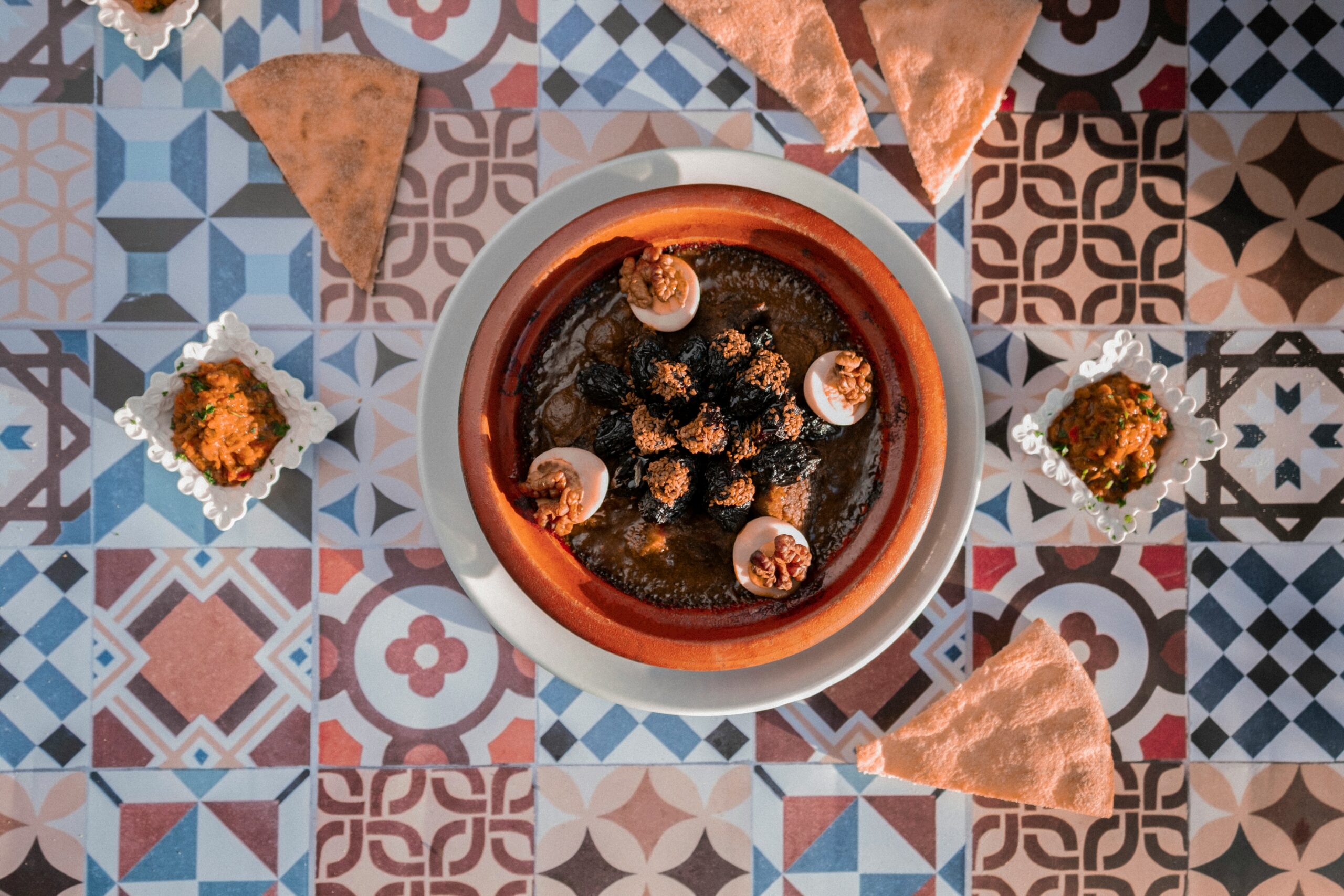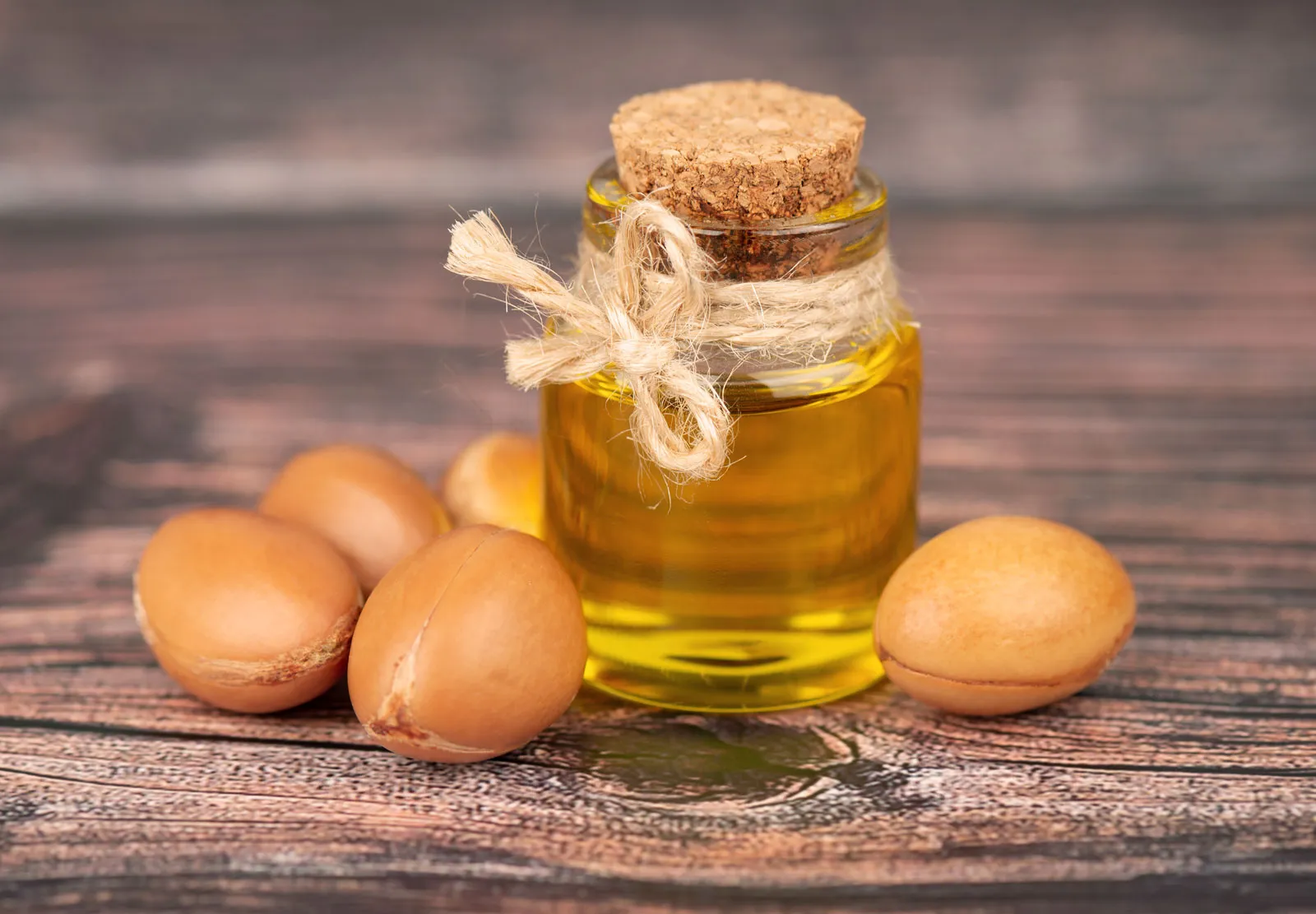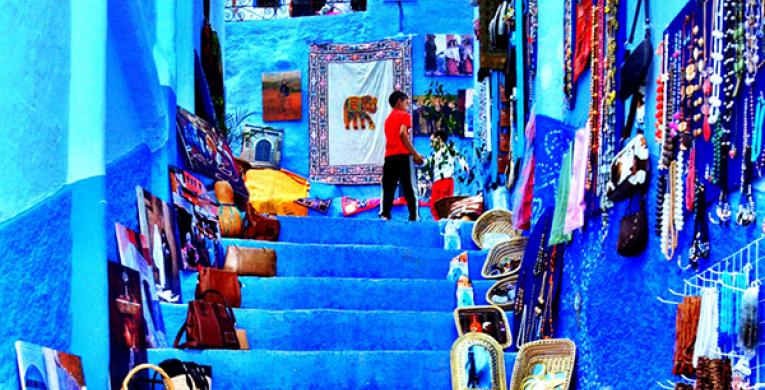The Tbourida, derived from Baroud which means “gunpowder”, is an ancient equestrian art, dating from the 15th century. It is an equestrian representation that simulates a succession of military parades, reconstructed according to ancestral Arab-Amazigh conventions and rituals. Each parade of Tbourida is performed by a troop, called “Sorba”, consisting of an odd number of riders and horses (from 15 to 25), lined up and in the middle of which stands the chief of the tribe, the “Mokaddem”, with his mount. From generation to generation, the Tbourida retains a strong spiritual dimension, particularly because it puts the horse, the sacred animal of Islam, at the center of a breathtaking and impressive spectacle. The Tbourida dazzles the Moroccan and international public. It is associated with festivities: moussems, agricultural festivals and many national and family celebrations. Internationals often call it “Fantasia”, a Latin designation of origin, meaning entertainment.
Rabat – Morocco’s tourism industry is surging in 2024, with a 12.8% increase in tourist arrivals in the first quarter compared to the same period last year. According to the Directorate of Studies and Financial Forecasts (DEPF), tourist arrivals reached 3.3 million by the end of March, exceeding pre-pandemic levels by a significant 31.6% compared to the first quarter of 2019. This positive trend, driven by both international visitors and Moroccans living abroad, puts the country in a favorable position for this year, with the potential to surpass the record year of 13.2 million visitors in 2023. This growth is fueled by strong performances across all three months of the quarter, with January, February, and March seeing increases of 10.4%, 17.9%, and 10.2% respectively. The rise in tourist arrivals translates to a near-full recovery in the sector’s value added. The DEPF reports that tourism value added reached 98.3% of its pre-crisis level, a significant improvement from 80.5% the previous year. However, tourism revenue shows a different story, with a 6.7% decline compared to the same period in 2023. Despite this drop, revenue remains significantly higher by 40.4% compared to pre-pandemic levels. This positive momentum follows a record-breaking year for the tourism sector in 2023. The Ministry of Tourism has revealed that the country welcomed a staggering 13.2 million visitors, surpassing the previous annual record of 12.9 million set in 2019. Tourist revenues also reached impressive heights, reaching MAD 97.4 billion ($9.8 billion) by the end of November 2023, a 15.8% increase year-on-year. Looking beyond the immediate gains, Morocco has its sights set on a potential 2030 World Cup co-hosted with Spain and Portugal. Minister of Tourism Fatim-Zahra Ammor believes this global sporting event presents a “huge opportunity for tourism,” further solidifying ongoing tourism development plans. With the industry continuing on this upward trajectory, Morocco appears poised to solidify its position as a leading tourist destination, attracting visitors with its rich cultural tapestry, stunning landscapes and warm hospitality. © Morocco World News
Royal Air Maroc (RAM) has officially resumed its direct flights between Casablanca and Beijing, marking a significant milestone after a five-year hiatus caused by the COVID-19 pandemic. The first flight landed at Beijing Daxing International Airport at 11:55 a.m. local time, carrying 291 passengers. Shortly after, the return flight departed for Casablanca at 1:55 p.m. with 271 passengers on board. A formal reception was held at Beijing Daxing to commemorate the occasion, attended by Morocco’s Ambassador to China, Abdelkader Ansari, journalists, and various Moroccan and Chinese dignitaries. Adel Khloufi, RAM’s representative in China, highlighted the strategic importance of the route, describing it as more than a practical travel option but a vital link fostering cultural and economic exchanges. “This route strengthens Chinese-Moroccan relations, promoting tourism and bilateral trade while opening a new chapter of friendship and collaboration between the two nations,” Khloufi stated. He also emphasized Morocco’s tourism appeal, spotlighting destinations like Marrakesh and the Sahara Desert, while noting the potential of this direct flight to attract business travelers and boost trade ties. Kong Yue, Vice President of Beijing Daxing International Airport, praised the resumption of the service as a response to the growing interest of Chinese tourists in Morocco, especially following the 2016 visa exemption for Chinese citizens. He stated, “This direct route will stimulate international aviation markets, enhance bilateral exchanges, and strengthen cooperation under the Belt and Road Initiative.” Initially launched in January 2020, the Casablanca-Beijing route was suspended shortly after due to the pandemic. The revived service operates three weekly flights, departing Casablanca on Mondays, Thursdays, and Saturdays at 4:20 p.m. local time, arriving in Beijing the following morning at 11:55 a.m. Return flights leave Beijing on Tuesdays, Fridays, and Sundays at 1:55 p.m., landing in Casablanca at 8:10 p.m. The route is serviced by Boeing 787-9 Dreamliner aircraft, offering 302 seats, including 26 in business class. This resumption aims to invigorate tourism and trade between Morocco and China, paving the way for expanded collaboration and connectivity.
Minister of Tourism, Handicrafts, Fatima Zahra Ammor said desert tourism destinations increasingly attract Moroccan and international visitors. In 2024, the southern regions of Morocco saw 197,000 tourists stay in local accommodations, marking a 12% increase compared to 2023 and a 53% rise from 2019. Overnight stays in these regions reached 494,000, representing a 15% increase from 2023 and a 61% rise from 2019. Desert tourism also benefits from the sector’s road map, which spans from 2023 to 2026. The plan includes several thematic routes focused on deserts and oases, beaches and water sports, cultural circuits, and kasbahs, all designed to attract more visitors to these unique destinations.
As a gateway to Africa and a country of diversity, Morocco boasts scenic mountain ranges, sweeping deserts, and ancient cities with its land area spanning 446,550 km². Casablanca, Morocco’s largest city, is considered the economic and business center of Morocco and is home to the Hassan II Mosque, the second-largest mosque in Africa and the seventh-largest in the world. The population of Morocco is estimated at 36,471,769. Public holidays in Morocco consist of religious and national holidays observed by Moroccans across the country. When are public holidays in Morocco? Dates Holidays Jan 11 Proclamation of Independence Day Mar 31 Eid-al-Fitr May 1 Labor Day Jun 7 Eid-al-Adha Jul 30 Enthronement Jun 27 Fatih Muharram Aug 14 Oued Ed-Dahab Day Aug 20 Revolution Day Aug 21 Youth Day Sep 5 Eid Al Mawlid Nov 6 Green March Day Nov 18 Independence Day Which are the public holidays in Morocco? New Year’s DayNew Year’s Day is a public holiday in Morocco, marking the first day of the new year in the Gregorian calendar and is celebrated worldwide. Proclamation of Independence DayThe Proclamation of Independence Day in Morocco commemorates Morocco’s first proclamation of independence in 1944. Labor DayLabor Day in Morocco is observed in commemoration of the achievements of the labor movement. Eid-al-FitrEid-al-Fitr marks the end of the Holy Month of Ramadan and is celebrated by Muslims in Morocco and around the world. EnthronementThe Enthronement Day is a national holiday in Morocco, marking the King’s accession to the throne on this day in 1999. Eid-al-AdhaEid-al-Adha, also known as the Feast of the Sacrifice, signifies the sacrifice made to God by the Prophet Abraham. Oued Ed-Dahab DayThis holiday commemorates the return of the Oued Eddahab region to Morocco from Mauritania in 1979. Revolution DayAlso known as the King and People’s Revolution Day, the Moroccan Revolution Day commemorates the exile of Sultan Mohammed V on this day in 1953. Youth DayYouth Day is a public holiday in Morocco, celebrated on the reigning King’s birthday, and is in honor of the contribution of the youth to the Kingdom. Fatih MuharramIn Morocco, this day marks the Islamic New Year and the Prophet’s journey from Mecca to Medina in 622 AD. Green March DayThe Green March Day is a national holiday in Morocco and commemorates the 1975 demonstrations over the Province of Sahara. Eid Al MawlidEid Al Mawlid, also known as Milad un Nabi, commemorates the anniversary of the birth of the founder of Islam and the proclaimer of the Qu’ran. Independence DayKnown as Fete de lÍndependence, the Moroccan Independence Day is a national holiday. It commemorates Moroccan independence when King Mohammed returned from exile in 1955.
Moroccan cuisine is renowned worldwide for its delightful blend of unique flavors and ingenious use of aromatic spices. But behind these appetizing dishes lies a rich and fascinating culinary history. For centuries, Moroccan gastronomy has been influenced by various cultures and traditions, creating a unique and diverse cuisine. In this article, we invite you to delve into the history of Moroccan gastronomy and discover the influences that have shaped the iconic dishes we know today. The history of Moroccan cuisine dates back to the pre-Islamic era, when the Berbers, the indigenous inhabitants of Morocco, were the first occupants of the region. Berber cuisine is characterized by the use of local ingredients such as cereals, vegetables, olives, honey, and aromatic herbs. Traditional Berber dishes like couscous and tagine have survived to this day and have become symbols of Moroccan gastronomy. In the 7th century, with the advent of Islam and the Arab Umayyad dynasty, Moroccan cuisine began to enrich itself with new flavors and cooking techniques. Arabs introduced ingredients such as almonds, dates, oranges, and spices, which became essential elements in many Moroccan dishes. Additionally, the influence of Muslim Andalusia brought sophisticated cooking techniques, such as the use of orange blossom water and honey to flavor desserts. The presence of the Jewish community in Morocco dates back to antiquity, and their influence on Moroccan gastronomy is significant. Sephardic Jews brought with them unique recipes, including dishes made with spices, minced meat, and stuffed vegetables. Famous examples include spicy meatballs called “kefta” and “pastillas,” flaky pastries filled with chicken or seafood. Jewish flavors harmoniously merged with other culinary influences in Morocco. During periods of colonization, Morocco was influenced by European empires, particularly the Portuguese and French. The Portuguese introduced ingredients such as peppers, tomatoes, and potatoes, enriching Moroccan cuisine. The French also left their mark, especially through French cuisine influence. French cooking techniques, such as pastry-making and the use of savory sauces, were adopted and adapted by Moroccan chefs. Thus, dishes like “Bastilla,” a delicious pigeon and almond pie, emerged from this culinary fusion. One of the most distinctive features of Moroccan gastronomy is its generous use of aromatic spices. Spices such as cumin, turmeric, ginger, paprika, cinnamon, and saffron give Moroccan dishes their characteristic flavors and vibrant colors. The importance of spices in Moroccan cuisine can be attributed to Morocco’s geographic location as a trade crossroads, where spices have been exchanged for centuries. In conclusion: Moroccan gastronomy is a true culinary treasure, the result of a rich history and multiple influences. From Berber traditions to Arab, Andalusian, Jewish, and European influences, Moroccan cuisine is a harmonious blend of flavors, ingredients, and cooking techniques. Whether it’s couscous, tagine, pastillas, or delicious desserts made with honey and dried fruits, each Moroccan dish tells a unique story. By exploring the history of Moroccan gastronomy, we gain a better understanding of the significance of cuisine as a cultural expression and can savor these culinary delights with deeper appreciation.
Argan oil truly lives up to its nickname “gold of Morocco” as it is both precious and wonderfully beneficial. This unique oil is derived from the pressing of the fruit of the argan tree, a rare tree that only grows in the southwest of Morocco. For generations, the oil has been consumed with bread or in couscous. It is also used as a cosmetic product on the skin and hair for its restorative and strengthening properties. What is the fruit of the argan tree called ? The fruit of the argan tree, called “affiache,” is a false drupe that is yellow in color: a fleshy, spindle-shaped fruit similar to a nut. It turns brown as it dries and measures about 3 cm in length. Its small spine at the top falls off during maturation, which occurs between April-May and September-October. Its very hard nut contains 2-3 kernels that will be pressed to extract the famous argan oil. Well-being benefits The argan tree is used to prevent skin aging, relieve dry and very dry skin, regulate cholesterol, and alleviate joint pain. Highly valued by mature skin, the argan tree contains omega-9 and omega-6. The former contribute to the elasticity, hydration, nutrition, and youthfulness of the skin. The latter promote the suppleness and firmness of the skin to prevent skin aging. Argan oil is also a great ally for hair. It helps nourish hair, prevent hair loss, and maintain its shine. Finally, research on argan oil has shown that it may have beneficial effects in preventing cardiovascular diseases due to its nutritional qualities. Uses Argan oil can be used : Additional Tips In Cooking Argan oil is the only food-grade derivative of the argan tree. Rich in antioxidants, argan oil stabilizes hypercholesterolemia, stimulates brain cells, and promotes good liver function. It contains twice as much vitamin E as olive oil. With its light hazelnut and almond aroma, it enhances fish, couscous, tagines, salads, or dressings. However, this oil is consumed raw as it does not tolerate cooking.
Souk El Had is considered the largest urban market in Africa. It spans over 13 hectares and houses nearly 3000 shops. From a distance, it resembles a fortress with its 6-meter high walls, pierced by 13 large gates. Inside, the market square is divided into several distinct wings, among which you can find the vegetable and fruit market. Due to its central location, the market is accessible from all parts of the city. You can reach it by car, taxi (both large and small), bus, and even on foot. Note that it is closed on Mondays for weekly cleaning. Souk El Had successfully combines modernity with tradition. The area has been renovated while retaining its Amazigh charm, replacing tents with shops and commercial tiles. Nevertheless, the atmosphere remains authentically vibrant, and the shopping experience has become much more pleasant.
A dream destination How can you not want to visit such a dreamy place with picturesque, blue-coloured winding alleys on top of a small mountain? And to enjoy its pure and fresh air, and admire the untainted beauty of its landscapes? Located in the north-west of Morocco, up in the mountains of the Rif, this blue city attracts more and more Moroccan and foreign visitors from all over the world. Each house in the town, is home to deep-rooted and long-lasting stories, making Chefchaouen a tourist town with irresistible charm and a picturesque scenery that will make you stay a memorable one. All you have to do, is pack your bags and book your flight without forgetting your camera ! A city of international renown The blue pearl of Morocco, with its undoubted assets, carves out a place for itself with the biggest tourist destinations in the world. In 2018, the city won the trophy for the best African intermediate city. In 2019, it ranks ninth for having the most beautiful streets and alleys in the world. This year, Chefchaouen being chosen for the shooting of the new Louis Vuitton spring-summer collection, is a crowning success of its efforts to preserve its heritage and nature. Experience a Chefchaouen tour on Instagram With more than 620,000 posts on Instagam with the hashtag #Chefchouen, the latter is now the most insgrammable city in Morocco, according to the British newspaper Daily Mail. Being bewitched by its picturesque scenery, a lot of Influencers and bloggers come in droves to the city, and share their memories on this social network. How could it not be an excellent stay after all !
Known as Festibaz, the village’s 13th donkey festival featured a beauty pageant and a race. Seven donkeys were enrolled in the pageant, during which the owners paraded the animals before a committee. “Shah Rukh Khan,” the donkey picked as the winner came ready to impress, with a band of flowers placed on top of its head. As well as decorations and aesthetics, the beauty pageant judges a donkey’s behaviour towards the owners and others. The reward for winning the pageant was a 50 kilogram (110 pounds) bag of barley. “I take care of it constantly and do not neglect it because it helps me and takes me wherever I want (to go),” said Amine Yaala, whose donkey won the donkey beauty pageant. Donkeys are a fixture of daily life in this village, where they are essential for transportation in its mountainous terrain and in hauling goods. “I cannot do without them because they are extremely important and necessary in mountainous areas. On flat land, we use tractors. But to move in the mountains, we always need them,” says Mohammed Azzouzi, a villager. The species’ well-known stubbornness has however made the word donkey synonymous with ineptitude and a lack of intelligence. But the villagers in Beni Ammar Zerhoun think of donkeys as an indispensable asset in the local economy. The village started organizing a donkey festival in 2001, but has not held it every year. This is the first year that the festival has resumed since the COVID-19 pandemic. On the sidelines of the festival, the Society for the Protection of Animals and Nature organized a campaign to give treatment to donkeys. They were checked to make sure they are in good health before they took part in the donkey race. The contest took place over 1 kilometer, featuring 12 donkeys and riders between the ages of 17 and 20. The winner was Said Hayani, a 19-year-old villager who said he was proud of his victory. © Africanews.com

